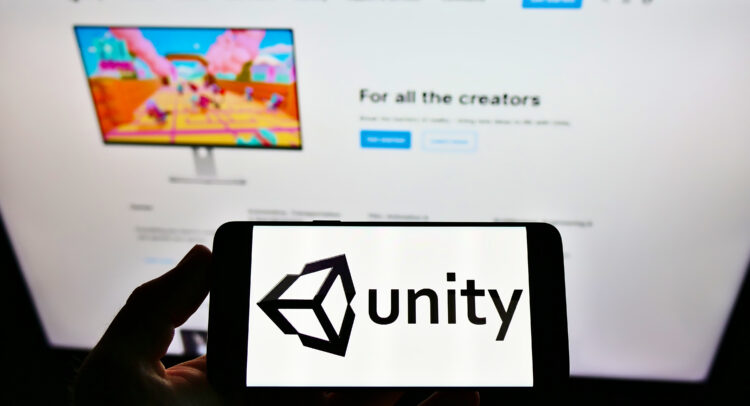The more things change, the more they stay the same. And for software maker Unity Software (U), being “fundamentally different” did not put a lot of confidence in investors. In fact, shares of Unity were down over 2% in Thursday afternoon’s trading.
Maximize Your Portfolio with Data Driven Insights:
- Leverage the power of TipRanks' Smart Score, a data-driven tool to help you uncover top performing stocks and make informed investment decisions.
- Monitor your stock picks and compare them to top Wall Street Analysts' recommendations with Your Smart Portfolio
Unity Software rolled out the sixth version of Unity Engine on Thursday, the first major release under new CEO Matt Bromberg, who has headed the company for less than six months now. Bromberg brought out the new Unity software with a lot of direct company support, declaring that this was going to be the product that helped it “reconnect with customers” and “help them understand that it’s our commitment to deliver what matters to them.”
Bromberg then declared that “…we’re going to be a fundamentally different company in that regard.” This probably should have yielded a lot more positive attention than it did because most of the industry was actually united against Unity for its new pricing model, which would have required game makers to pay for every installed version of a game developed with Unity Engine.
What’s Under the Hood
Unity is shying away from big steps that would be out of character, like pushing hard into generative artificial intelligence (AI) and similar tools. Rather, it puts its focus on “predictable updates” and large-scale support that allows hundreds of characters in the same virtual world.
New graphics capabilities that can move processing from the central processor to the graphics processor will deliver substantial improvements in CPU performance, reports note, and mobile web-specific targeting will give better access to the growing mobile web gaming market.
It has even rolled out several new demonstrations to give developers a better idea of what Unity can do. The Megacity Metro demo, for example, illustrates what Unity can do with “…large-scale multiplayer gaming.”
Is Unity Software Stock a Good Buy Right Now?
Turning to Wall Street, analysts have a Moderate Buy consensus rating on U stock based on seven Buys, seven Holds, and two Sells assigned in the past three months, as indicated by the graphic below. After a 22.84% loss in its share price over the past year, the average U price target of $21.54 per share implies 1.48% upside potential.










